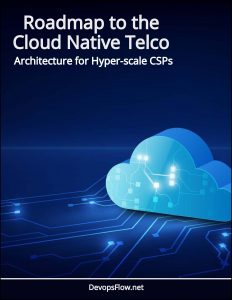Deutsche Telekom: Journey to the Cloud Native Telco
Pioneering Telco leader built their own on-prem, on bare-metal, open-source based Kubernetes platform.
 Deutsche Telekom is a keynote exemplar of the Cloud Native Telco.
Deutsche Telekom is a keynote exemplar of the Cloud Native Telco.
The rowed against a tide that said hosting on hyperscalers was the future and instead built their own on-prem, on bare-metal, open-source based Kubernetes platform.
They highlight Project Sylva as the key industry group central to this practice, an open-source project under Linux Foundation Europe, aimed at simplifying and accelerating the cloudification of telecom networks across Europe.
Journey to the Cloud Native Telco
In previous webinars they have shared the details of their Cloud Native Telco journey.
Speaking on a CNCF webinar Vuk Gojnic explains the detail of managing Kubernetes in a Telco, to operate their 5G services and with a relatively small team of ten SREs. He highlights how they created their own distribution ‘Das Schiff’ (Github repo) for Cluster as a Service.
From 4m:05s he moves on to defining the role of GitOps, through using cluster APIs and Flux CD, to achieve the self-management capability essential to managing the scale of Telco infrastructure. He builds on this further in this Weave.works webinar, showcasing their ‘GitOps Loop’, the design model for the self-managing system.
In another CNCF presentation Michal Sewera and Samy Nitsche of DT provide a highly detailed analysis of the Cloud Native Telco model, again emphasizing it as an evolution from ‘box’ deployment through the new Kubernetes software-based world.
From 8m:20s they demonstrate how it is applied for a 5GC architecture, from 10m:30s the challenges of introducing this new paradigm into the organization and the new software practices that are employed, from 16m:30s a decomposition of the Das Schiff system, and from 20m:08s how they utilize GitOps.
Wrapping up from 22m:25s they provide valuable insights into the challenges they’ve met as part of this major transformation, most notably the new software practices and how they impact goals such as live release updates, configuration management, eBPF-based network functions and integrating software testing into this new model.



